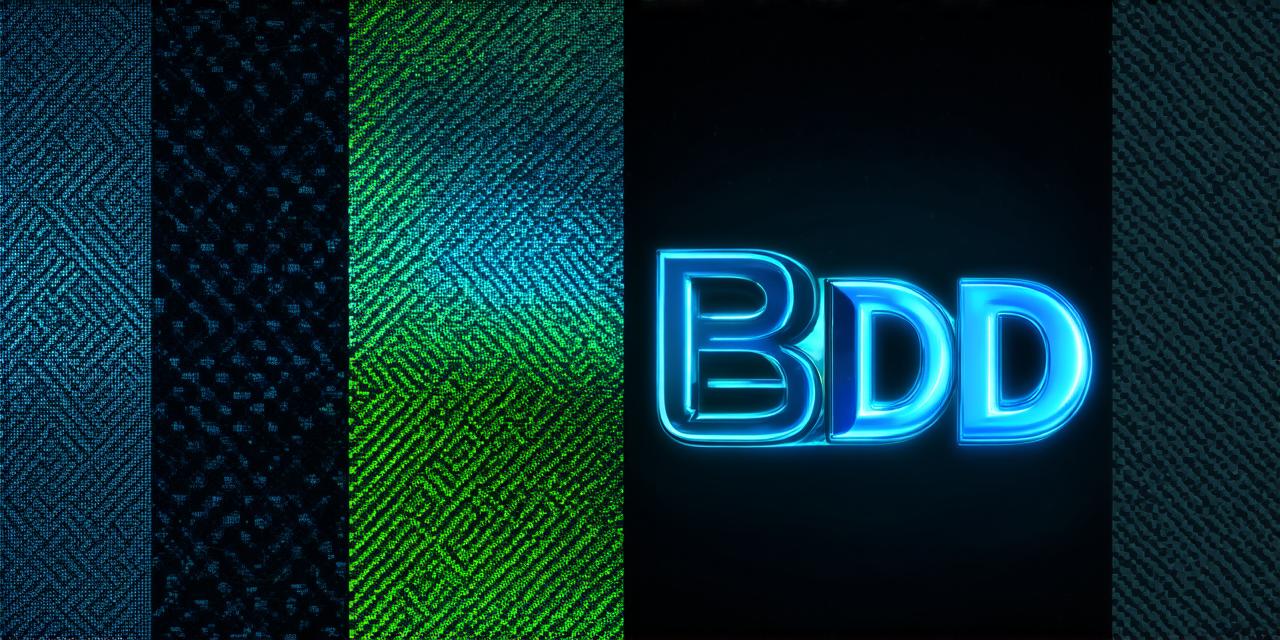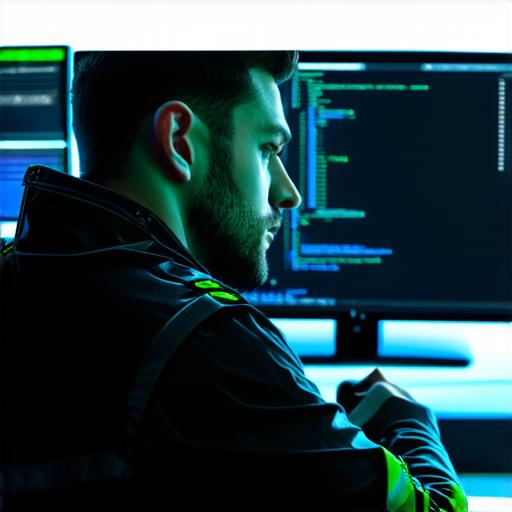
Setting Up Your Scene
The first step in creating a player controller is to set up your scene. This involves creating the environment, adding objects, and defining the rules of the game.
- Start with a simple scene that includes basic elements like terrain, buildings, and trees. This will help you focus on building the player controller without getting bogged down in complex environment design.
- Add objects to the scene that the player can interact with, such as enemies, items, or puzzles. This will add depth and replayability to your game.
- Define the rules of the game, including how the player can move, jump, attack, and interact with objects in the scene. This will help ensure consistency and balance throughout the game.
- Test the scene regularly to ensure that it is functioning properly and that players can complete the game. Playtesting is an important part of the development process, as it allows you to identify and fix issues before they become major problems.
Designing the Controller Script

Once you have set up your scene, the next step is to design the controller script. The controller script is responsible for managing the player’s movement and actions in the game.
- Define the player’s movement and actions, including how they can move, jump, attack, and interact with objects in the scene. This will help ensure that the player has clear goals and expectations for how to play the game.
- Use Unity’s input system to read the player’s inputs and map them to the appropriate actions in the script. This will allow you to create a responsive and intuitive control scheme that feels natural to the player.
- Implement the player’s movement and action logic in the script using Unity’s built-in math functions or custom algorithms. This will allow you to create complex and dynamic gameplay mechanics that keep players engaged.
- Test the controller script regularly to ensure that it is functioning properly and that players can complete the game. Playtesting is an important part of the development process, as it allows you to identify and fix issues before they become major problems.
Configuring Input Devices
To configure input devices in Unity, you will need to set up input bindings in the Project window.
- Open the Input Manager in the Project window and create new input bindings for each movement and action input. This will allow you to map the player’s inputs to specific actions in the game.
- Map each input to the appropriate function in the controller script. This will ensure that the game responds correctly to the player’s input.
- Save your input bindings and test the player character’s input by moving it around the scene and performing actions. This will help you ensure that the input is working as expected and that players can perform all actions correctly.
- Test your game on different devices and platforms to ensure compatibility. Different devices may have different input methods, so it’s important to test your game on a variety of platforms to ensure that it works well on all of them.
Testing and Debugging
Once you have designed the controller script and configured input devices, the next step is to test and debug your game.
- Play your game and move the player character around the scene. Make sure everything is working as expected and that the player can perform all actions correctly.
- Use Unity’s built-in debugging tools to identify and fix any issues in the script.

